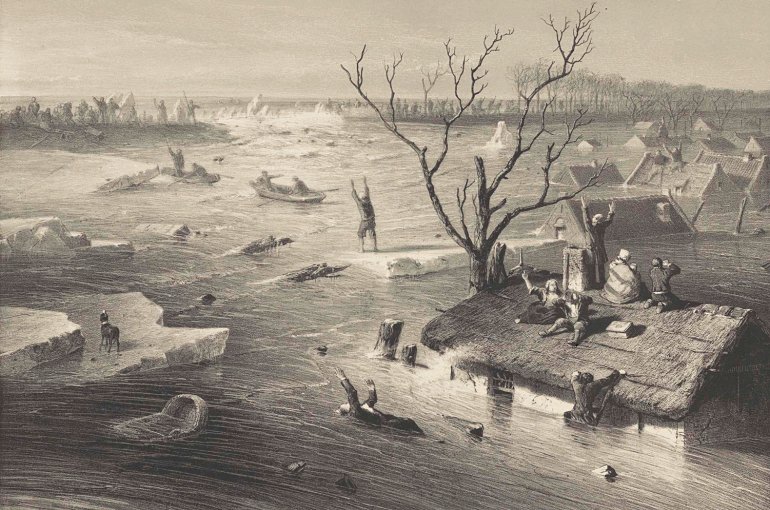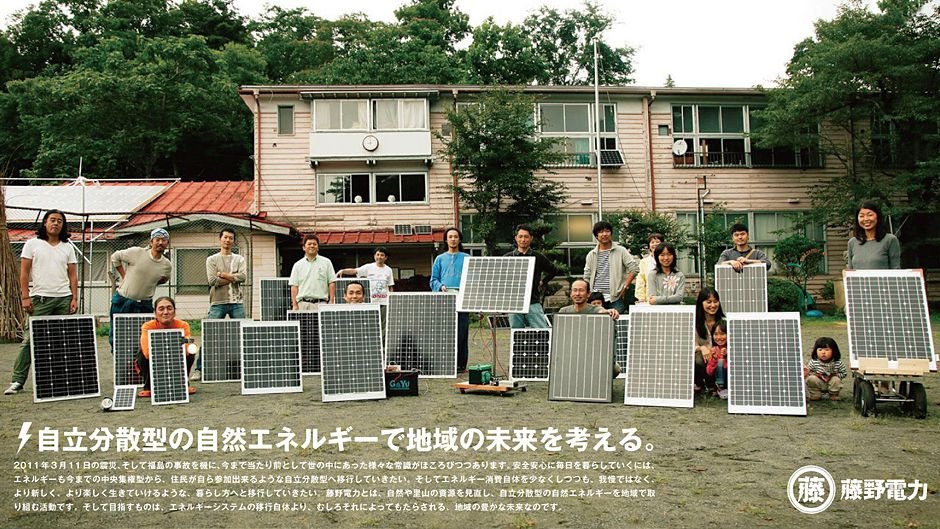Myths of a sustainable future
BLOG: Climate Confessions

If you don’t know my work already, the chances are you opened this post assuming it would offer “10 myths about sustainability that need busting”. I wouldn’t blame you. In contemporary conversation, “myth” is most commonly used to mean “misconception”. The usage stems from colonial times, when anthropologists differentiated between primitive religions, replete with myths, and the scientific worldview. Today, it remains a way of castigating those we disagree with.
— by Timothy Stacey
But in creating this dichotomy, the children of the Enlightenment have been doing themselves a disservice. This is for two reasons. First, because myths are crucial to conjuring an alternative future and showing the way to get there. When we assume that facts alone are enough to convince people, we lose. And losing is what those of us interested in sustainability have been doing for at least five decades. Every few years, a new fact emerges: insects are going extinct; the ice caps are melting faster than we thought; we’ve already reached a point of no return. Very little changes.
The second reason that overplaying the distinction between myths and truth is counterproductive is that it lures us into a false sense of security, neglecting the ways in which myths are always already shaping us. Rather than assuming that we live in a world free of myths, it is time to start thinking seriously about the myths we live by and their consequences.
What makes a myth?
I understand myths as stories of great events and characters that shape one’s understanding of how the world is, should, or could be. So understood, myths need not be either empirically true or false. Even the most rational, rules-based of people still require inspiring stories that fill their values with substance and inspiration.
Myths have four distinguishing features:
- they answer existential questions like “What exists?” and “Why are we here?”;
- they offer moral guidance;
- they consist of improbable acts and events;
- they have agentive force, by which I mean that they can influence people without their having a choice.
So understood, science itself is built on myths. I’m writing this post from a sofa in the Copernicus Institute of Sustainable Development, where I’m based. Like most heroes of the scientific revolution, Copernicus is famous not only because of his findings but also because establishing those findings meant challenging the authority of the church. He is treated not merely as a genius but as a renegade that put his life on the line for the truth. Let’s call these ‘science warrior’ myths. We teach these myths to new generations of students to inspire them to engage with scientific findings. And still today, many scientists emulate these myths when they take pride in speaking truth to power.
Dutch sustainability myths
Once we understand myths as ubiquitous, we learn to judge them on a different basis: not according to whether or not they are factually correct, but according to the kinds of ideas and practices they promote. Let us turn then, to thinking about the myths that dominate in sustainability.
One of the central myths shaping Dutch and Flemish discourse on sustainability is the myth of the dykes breaking. This is not a false narrative. The dykes have broken on numerous occasions, spelling disaster for the people impacted. But these events have also become crucial symbols in Dutch and Flemish culture, shaping how people understand themselves in relation to the world and one another: from Dijkdoorbraak bij Bemmel, 1799 (Dyke Breach at Bemmel, 1799), the Christiaan Josi painting, to Als De Dijken Breken (If The Dykes Break), the 2021 film directed by Hans Herbots. Artistic renderings of dykes breaking still adorn some Dutch homes and the stories are told by parents and grandparents. Nor is this myth confined to art. The Coalition Accord 2021 opens its sustainability section with the rallying line: “Zoals onze voorouders gezamenlijk binnenwateren inpolderden en Deltawerken bouwden, zo slaan wij nu de handen ineen om te bouwen aan een groene toekomst” (just as our forebears together built the polders and delta works, so we join hands to build a green future). And in his speech of 10 May 2023 to the National Omgevingsvisie (National Environmental Vision) conference, Minister Hugo de Jonge repeatedly reiterated this rallying cry to a hall packed with what he called the crème de la crème of spatial planners.
We need alternative myths that inspire people with the possibility of a more fulfilling life.
The dyke-breaking myth depicts nature as a wild villain and Dutch engineering as the hero that can bring it under control. In some respects, this myth is positive: it draws on a sense of shared history and identity to inspire an optimistic and collectivist attitude to building a sustainable future. But the danger with this myth is that it allows us to equate sustainability with grand engineering feats like flood defenses. Not only are such enterprises only affordable by the wealthiest nations, they also only represent one side of the sustainability coin. Bodies as conservative as the IPCC and IPBES stress that if we are to remain within 2 degrees, alongside technological innovation, we will also need to undergo radical lifestyle changes: reducing the size of our homes, eating significantly less meat and dairy, consuming less, and sticking strictly to public and energy-free modes of transportation.
One reason that the dyke-breaking myth remains so attractive is that it allows a deeper myth to remain dominant: what might best be called the liberal dream. Spun together through a thousand stories across a variety of media, from the novels of Charles Dickens to contemporary TV dramas, the liberal dream is of a heroic individual carving out their own unique path in life, free from judgement and obligation: a life in which you can live how you want to, consume what you want to, and travel where you want to.
An alternative myth
If we are to engage people in sustainable ways of living, it is crucial that we do not frame the changes required as merely limiting the liberal dream. Threatening people’s dream without offering alternatives is a recipe for disaster. Instead, we need alternative myths that inspire people with the possibility of a more fulfilling life.
For me, a myth to live by in this regard is that of Transition Towns. The movement began with a single project in Totnes, UK. At present, there are more than 1000 initiatives in 40 countries, “from Brazilian favelas to small towns in Sweden”. Their core aim is to find local solutions to climate change and peak oil. But rather than framing their aims in terms of doom and gloom and calling on governments to act, as groups like Extinction Rebellion do, Transition Towns focus on hope and direct action. Their message is that the liberal dream, though alluring, was never really as fulfilling as it seemed. It has made life faster but ultimately idle and lonely. On the other hand, by collectively engaging in bottom-up responses to global challenges, people can actually lead much more fulfilling lives: in which they no longer see themselves as individuals, desperately carving out the arc of their own autobiography, but rather as part of a community, playing a small role in a much bigger story.
Climate Confessions is a monthly blog series in which Timothy Stacey reveals the “religious repertoires” associated with sustainability in various sectors. From the myths of great floods that dominate in Dutch politics to the rituals of reconnecting with other humans and the other-than-human found among activists, each month, Tim invites you into the repertoires that lurk beneath the surface, shaping sustainability in an otherwise secular world. For more formal reflections, see Tim’s peer-reviewed research: www.uu.nl/staff/TJStacey/Publications. To discuss how repertoires might transform your practice, get in touch t.j.stacey@uu.nl


